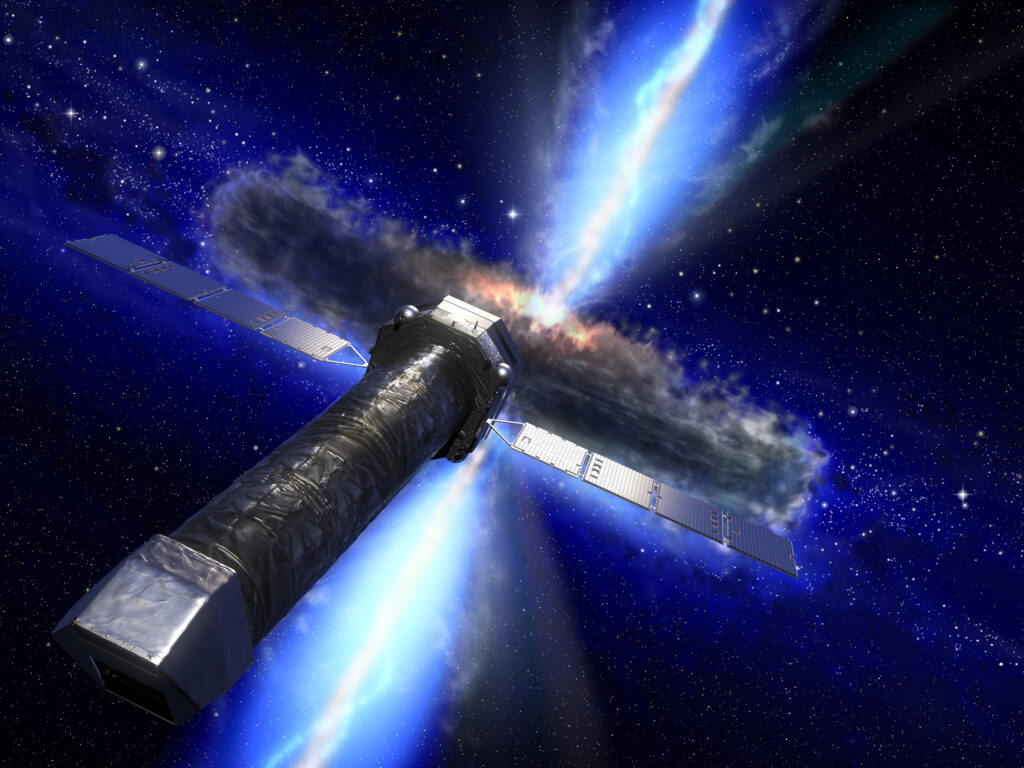The European Space Agency (ESA) is going to revise the project of the Athena X-ray observatory. This is due to the fact that it has significantly exceeded the original budget.

In 2014, ESA approved the projects of two flagship astrophysical missions — the LISA gravitational-wave observatory (Laser Interferometer Space) and the Athena X-ray Observatory (Advanced Telescope for High-Energy Astrophysics). They are planned to be launched in the 2030s. LISA will search for sources of gravitational waves, while the main target of Athena will be supermassive black holes, supernova flares and other sources of X-ray radiation.
Initially, the budget of each mission was estimated at 1.05 billion euros. But, as is often the case with such ambitious projects, over time it began to increase. By 2019, the combined estimate of the two missions has grown to 2.5 billion euros. But this was far from the limit. As of May 2022, the construction cost of LISA was estimated at 1.5 billion euros, while Athena rose to 1.9 billion euros.
This has led to the fact that some ESA member countries have declared their inability to fulfill their obligations on projects, which threatens to further increase their cost. Recently, ESA Astronomy and Astrophysics coordinator Paul McNamara reported that this situation is unacceptable and the agency will have to simplify the design of Athena to fit it into a 1.3 billion budget.
At the moment, it is unknown exactly what changes will be made to the project and the scientific fillings of the observatory. It is worth noting that one of the Athena tools is being created with the participation of NASA. ESA does not rule out the possibility of closer cooperation with overseas partners to share the costs of the project, which will not jeopardize its scientific capabilities.
Earlier we talked about the fact that ESA has started testing materials for the Venusian probe.
According to https://spacenews.com
Follow us on Twitter to get the most interesting space news in time
https://twitter.com/ust_magazine

